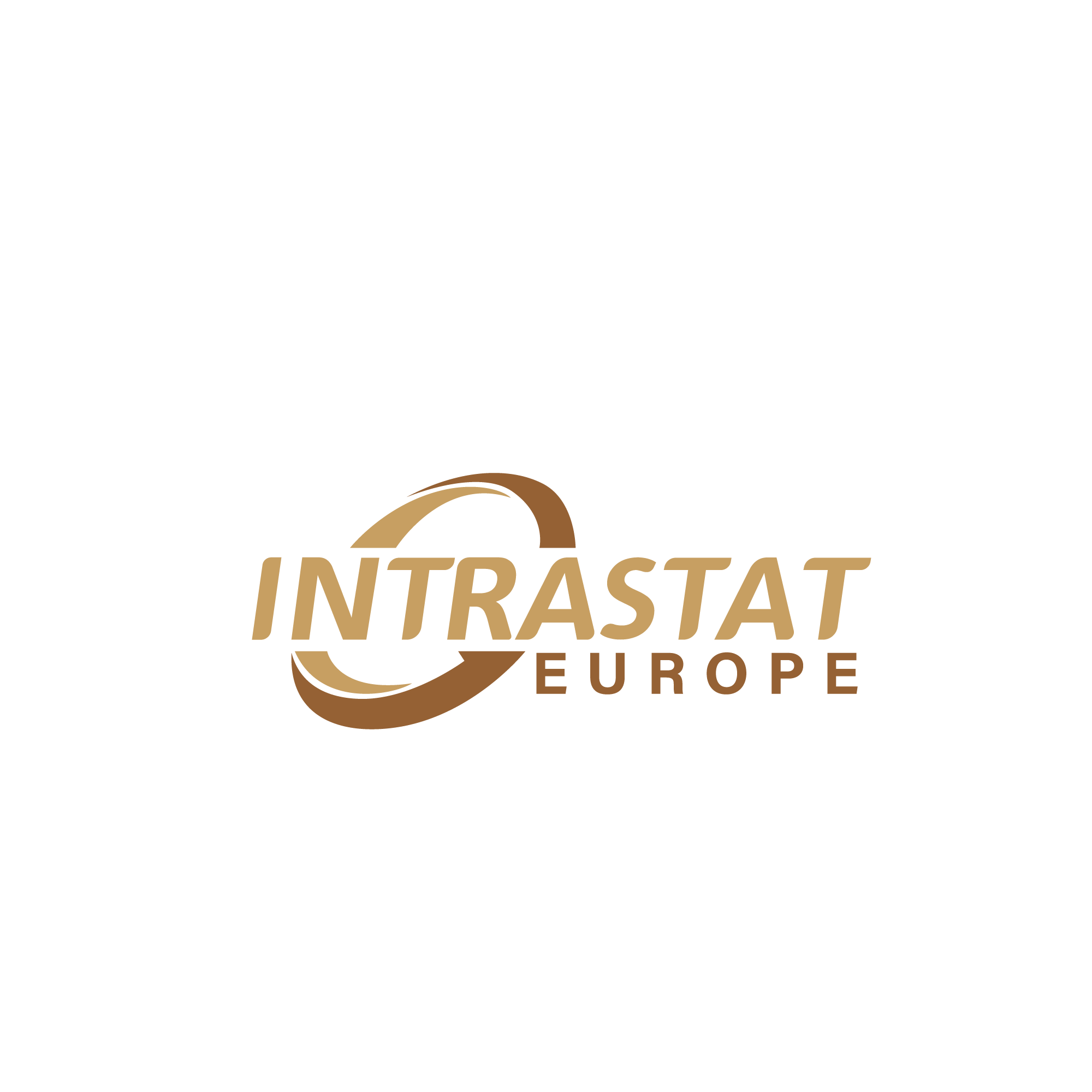Navigating Intrastat Reporting in 2025: A Comprehensive Guide for EU Traders
In the dynamic landscape of European trade, staying compliant with regulatory requirements is paramount. Intrastat reporting, a cornerstone of intra-EU trade compliance, has undergone significant changes in 2025. This guide provides an in-depth look at Intrastat, recent developments in the EU and France, the reporting process, and the implications for importers and exporters.
What is Intrastat?
Intrastat is the European Union’s system for collecting statistical data on the trade of goods between member states. Introduced in 1993, it replaced customs declarations for intra-EU trade, facilitating the free movement of goods within the single market. Businesses exceeding specific thresholds for dispatches (exports) or arrivals (imports) are required to submit monthly Intrastat declarations, detailing information such as:
– Commodity codes
-Value and quantity of goods
-Country of origin and destination
-Delivery terms
-Nature of the transaction
These declarations are vital for national statistics offices and Eurostat to monitor trade flows and inform economic policies.
Latest Developments in 2025: EU and France
Intrastat Reporting Changes in 2025
The year 2025 has brought notable changes to Intrastat reporting across the EU:
-Germany: Effective January 1, 2025, Germany has increased its Intrastat thresholds to €3 million for arrivals and €1 million for dispatches, aiming to reduce the reporting burden on businesses.
-Estonia: Estonia has become the first EU country to abolish Intrastat import declarations, citing sufficient data from other member states to monitor imports. Export declarations remain mandatory.
-France: In France, the EMEBI (formerly DEB) thresholds for 2025 are set at €460,000 for both arrivals and dispatches. Simplified declarations are required from the first euro, with detailed declarations mandated once the threshold is exceeded.
These changes reflect a broader EU initiative to streamline reporting processes and reduce administrative burdens on businesses.
Intrastat Reporting Process and Format
Intrastat Declaration Process
Intrastat declarations are typically submitted monthly and must include comprehensive details about intra-EU transactions. The reporting process generally involves the following steps:
– Data Collection: Gathering all necessary information, such as commodity codes, transaction values, quantities, and partner details.
-Data Formatting: Preparing the data in the required format, which may vary depending on the country. Common formats include CSV, XML, and XLS files.
-Submission: Electronically submitting the declaration to the relevant national statistical authority by the specified deadline—typically the 10th working day of the following month.
Staying up to date with country-specific requirements and deadlines is essential to ensure full compliance.
Implications for Importers and Exporters
For businesses engaged in intra-EU trade, Intrastat reporting has several implications:
– Compliance: Failure to submit accurate and timely declarations can result in penalties and increased scrutiny from authorities.
– Operational Efficiency: Accurate reporting aids in inventory management, financial planning, and identifying trade patterns.
– Strategic Planning: Understanding trade flows through Intrastat data can inform market expansion and supply chain decisions.
Given these factors, many businesses opt to partner with compliance experts to manage their Intrastat obligations effectively.
Partnering for Compliance: Our Services
Navigating the complexities of Intrastat reporting requires expertise and attention to detail. Our company offers comprehensive services to ensure your business remains compliant and efficient:
– Intrastat Reporting: We handle the entire reporting process, from data collection to submission, tailored to each country’s requirements.
– CBAM Compliance: Our team assists with the Carbon Border Adjustment Mechanism (CBAM) reporting, ensuring your environmental compliance aligns with EU regulations.
– Customs Compliance: Beyond Intrastat, we offer a suite of customs-related services to streamline your international trade operations.
By entrusting us with your compliance needs, you can focus on growing your business while we manage the regulatory intricacies.
Stay Ahead in 2025
With evolving regulations and thresholds, staying informed and compliant is more critical than ever. Partner with us to navigate the complexities of Intrastat reporting and customs compliance, ensuring your business thrives in the European market.
Contact us today to learn more about how we can support your compliance needs.
